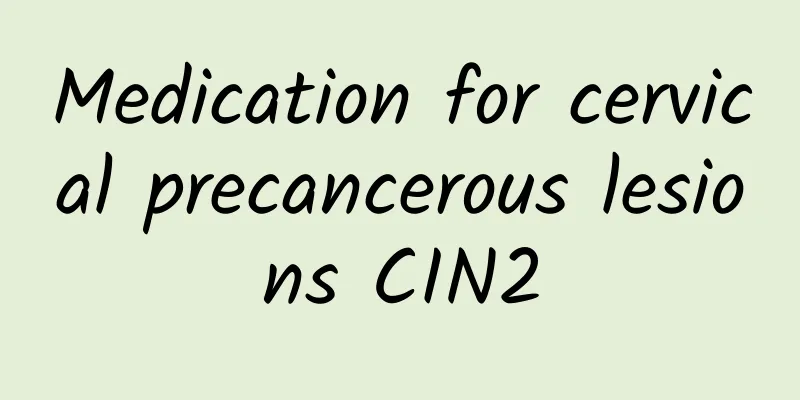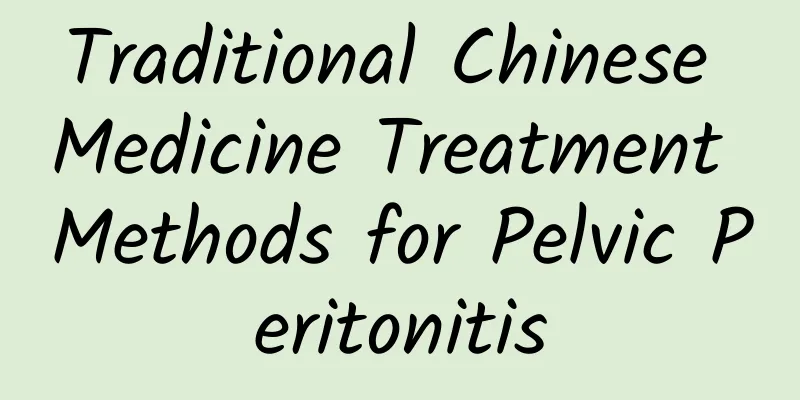What is the difference between endometritis and pelvic inflammatory disease?

|
Treatment for endometritis and pelvic inflammatory disease depends on the cause and symptoms, with antibiotics, anti-inflammatory drugs or surgery. The main difference between the two is the site of infection and the symptoms. Endometritis is an inflammation of the endometrium, while pelvic inflammatory disease involves infection of multiple organs in the pelvis. 1. Endometritis is mainly caused by bacterial infection. Common pathogens include streptococci and Escherichia coli. Symptoms include lower abdominal pain, abnormal vaginal bleeding, increased leucorrhea, etc. Treatment is mainly antibiotics, such as cephalosporins, metronidazole, etc., and intrauterine drainage or curettage is required when necessary. Pay attention to personal hygiene, avoid unclean sexual life, and regular gynecological examinations can help prevent it. 2. Pelvic inflammatory disease is an infection of multiple organs in the pelvic cavity, including the uterus, fallopian tubes, and ovaries. The cause is mostly sexually transmitted diseases, such as gonorrhea and chlamydia. Symptoms include lower abdominal pain, fever, and pain during sexual intercourse. Broad-spectrum antibiotics, such as doxycycline and azithromycin, are required for treatment. In severe cases, hospitalization for intravenous antibiotics is required. Surgical treatment is suitable for abscesses or pyosalpinx, such as laparoscopic surgery or laparotomy. 3. The main difference between the two lies in the scope of infection and symptoms. Endometritis is limited to the endometrium and has milder symptoms; pelvic inflammatory disease involves multiple organs, has more severe symptoms and is prone to complications, such as infertility and chronic pelvic pain. The diagnosis requires a combination of medical history, physical examination and laboratory tests, such as vaginal discharge examination, ultrasound examination, etc. The treatment of endometritis and pelvic inflammatory disease requires antibiotics, anti-inflammatory drugs or surgical treatment according to the cause and symptoms. The difference between the two lies mainly in the site of infection and the symptoms. Early diagnosis and treatment are the key. Daily personal hygiene and regular gynecological examinations can help prevent it. If related symptoms occur, you should seek medical attention in time to avoid delaying the disease. |
<<: Is it life-threatening to have an abortion for a scarred uterus? Will I get pregnant?
>>: Does cervical erosion and hypertrophy need to be checked?
Recommend
Toast with meat has high calories. 3 servings exceed the dinner limit
Before the Mid-Autumn Festival, many families hav...
How to treat Bartholinitis?
Bartholinitis is a common disease among women. Wh...
A comparison of beauty opportunities for body shaping
Create the magic of curves that will never make y...
Does cervical warts have any effect on the fetus?
Cervical warts are showing a trend of younger age...
Is it true that pregnant women will have miscarriage if they eat rose cakes? It is possible to be allergic to roses
During pregnancy, mothers must pay attention to t...
What are the dietary taboos for dysmenorrhea?
Dysmenorrhea is a common gynecological disease in...
What are the main symptoms of Trichomonas vaginitis?
The main symptoms of Trichomonas vaginitis includ...
Can the three-line sign rule out intrauterine adhesions?
The three-line sign generally refers to the three...
Will I die from cervical warts?
The harm of cervical warts in women. Cervical war...
How to prevent pelvic inflammatory disease?
When the female internal reproductive organs and ...
Stick exercise for fat loss and body shaping? 4 Myths of Stick Exercise
Stick exercises are becoming popular. Many people...
How to regulate irregular menstruation
How to regulate irregular menstruation? Irregular...
Knowing the cause of dysmenorrhea can effectively prevent this disease
Frequent occurrence of dysmenorrhea will have a s...
Can I drink milk tea after abortion?
It is not recommended to drink milk tea immediate...
How to prevent the recurrence of candidal vaginitis? Follow these 5 steps
Vaginal candidiasis is a disease that is prone to...









